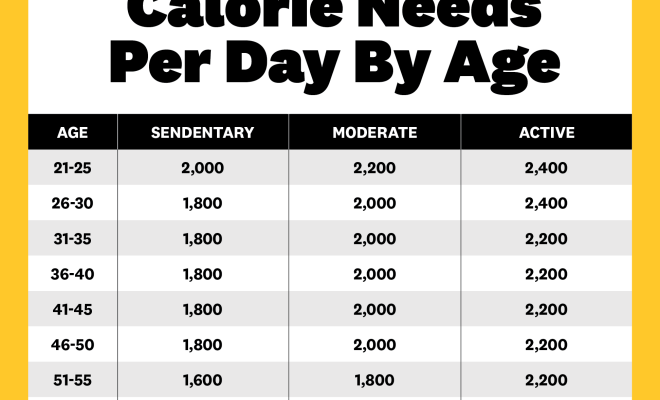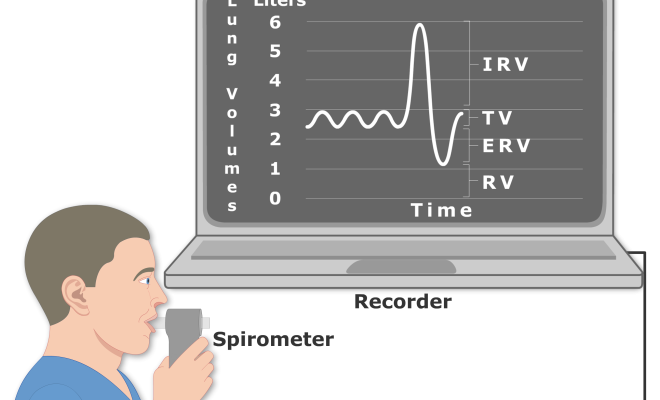How to calculate caloric deficit with bmr

In the quest to lose weight and achieve better overall health, understanding how to calculate your caloric deficit using your Basal Metabolic Rate (BMR) can be incredibly helpful. This article will break down the concept of a caloric deficit, explain how BMR is calculated, and guide you through the process of determining your optimal caloric intake for weight loss.
Understanding Caloric Deficit
A caloric deficit occurs when you consume fewer calories than your body needs to maintain its current weight. To lose weight, you need to create a caloric deficit by carefully monitoring your food intake and engaging in physical activity.
Step 1: Calculate Your BMR
The first step in calculating your caloric deficit is to determine your BMR, which represents the number of calories your body requires for proper function at complete rest. There are several online calculators available that can provide you with an estimated BMR based on information such as your age, gender, height, and weight. You can also use one of the following formulas:
For Men: BMR = 88.362 + (13.397 x weight in kg) + (4.799 x height in cm) – (5.677 x age)
For Women: BMR = 447.593 + (9.247 x weight in kg) + (3.098 x height in cm) – (4.330 x age)
Step 2: Determine Your Activity Level
Next, you need to consider your daily activity level to more accurately estimate the total number of calories you burn during the day:
1. Sedentary (little or no exercise): BMR x 1.2
2. Lightly Active (light exercise/sports 1-3 days/week): BMR x 1.375
3. Moderately Active (moderate exercise/sports 3-5 days/week): BMR x 1.55
4. Very Active (hard exercise/sports 6-7 days/week): BMR x 1.725
5. Extremely Active (very hard exercise/sports & a physical job): BMR x 1.9
Step 3: Calculate Your Caloric Deficit
Once you have determined your activity level, multiply your BMR by the corresponding activity factor from the list above, which will give you your Total Daily Energy Expenditure (TDEE).
To create a caloric deficit, you will need to reduce your daily caloric intake below your TDEE. A general rule of thumb is to aim for a caloric deficit of around 500 calories per day, which may result in approximately one pound of weight loss per week.
For example, if your calculated TDEE is 2,500 calories and you are aiming for a daily caloric deficit of 500 calories, you should aim to consume around 2,000 calories per day.
Keep in mind that while creating a caloric deficit is crucial for losing weight, it is essential to ensure that your daily calorie intake still meets your body’s nutritional requirements. Rapid weight loss can lead to health complications and should be avoided.
In conclusion, calculating your caloric deficit with BMR is an excellent way to personalize your weight loss journey based on your unique needs and lifestyle factors. By understanding the relationship between calorie consumption and expenditure, you can make conscious choices that support sustainable weight loss and better overall health.






